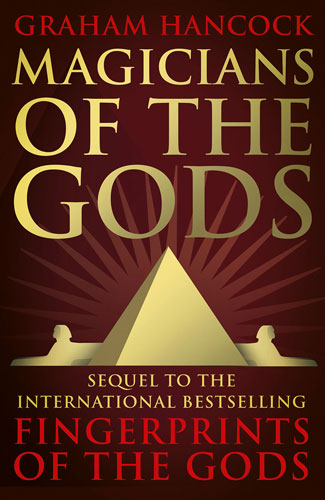News Desk
The extinct animal is not as closely related to Australian roos as once thought.

A new map shows there could be around two million trees with exceptional environmental and cultural value previously unrecorded in England. That’s ten times as many as currently on official records. This tree-map is sounding a rare note of optimism in the conservation world.
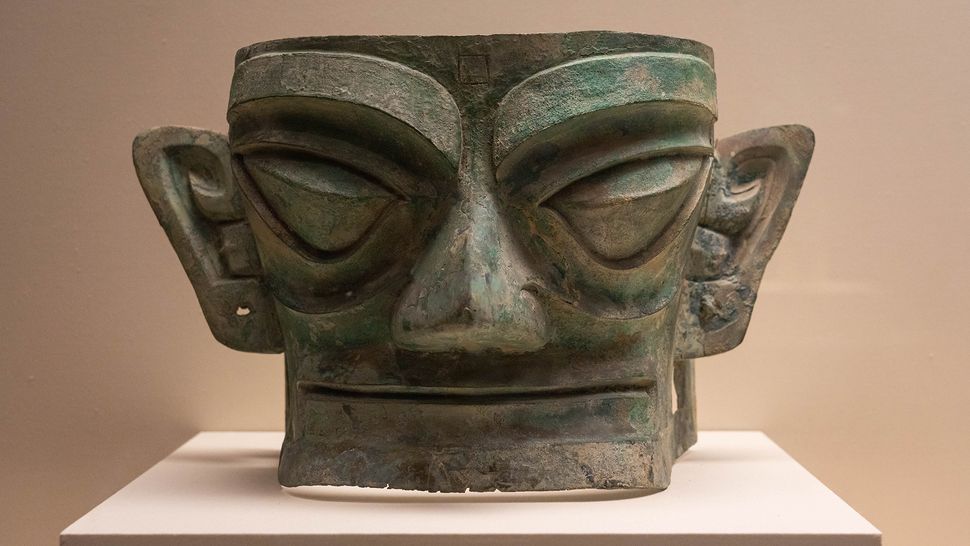
A bronze sculpture of a snake with a human head, along with a large number of other artifacts including finds made of bronze, jade and gold, have been discovered in a series of pits at the archaeological site Sanxingdui in Sichuan, China.
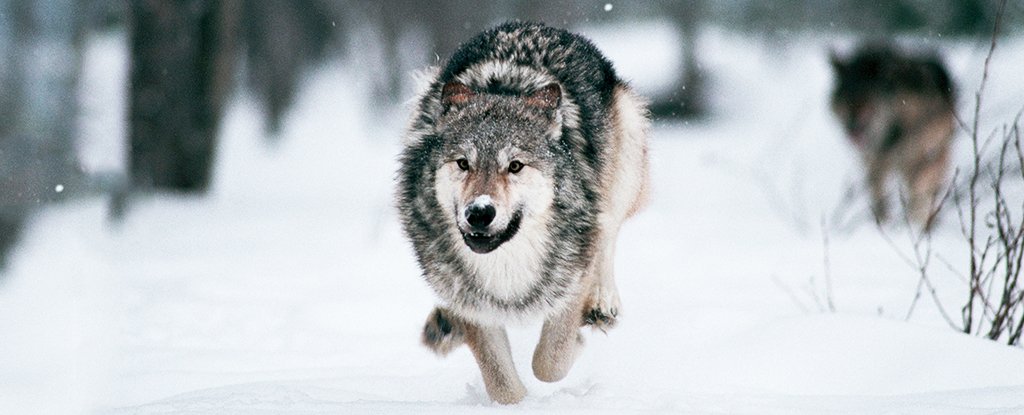
Ancient DNA, including that of wolves preserved in permafrost for tens of thousands of years, is shedding some light on how wild wolves became some of our best non-human friends.

Archaeologists spend a lot of time examining the remains of distant pasts, which includes the study of rock paintings. This is largely visual work – but sometimes we can “hear” the ancient past using acoustic methods.

A new wave of scientists argues that mainstream evolutionary theory needs an urgent overhaul. Their opponents have dismissed them as misguided careerists – and the conflict may determine the future of biology.


A fifty-thousand-year-old bone flute changes perceptions of an ancestor and explains why music is a powerful force.

Using light-capturing proteins in living microbes, scientists have reconstructed what life was like for some of Earth’s earliest organisms. These efforts could help us recognize signs of life on other planets, whose atmospheres may more closely resemble our pre-oxygen planet.

A first-of-its-kind study published in the journal Icarus investigates this phenomenon on Mars. Looking at the planet, researchers have discovered hundreds of craters that likely resulted from the impacts of a binary system, where one asteroid orbits another, like the moon orbits Earth.
Image from ESA & MPS for OSIRIS Team (Wiki Commons)
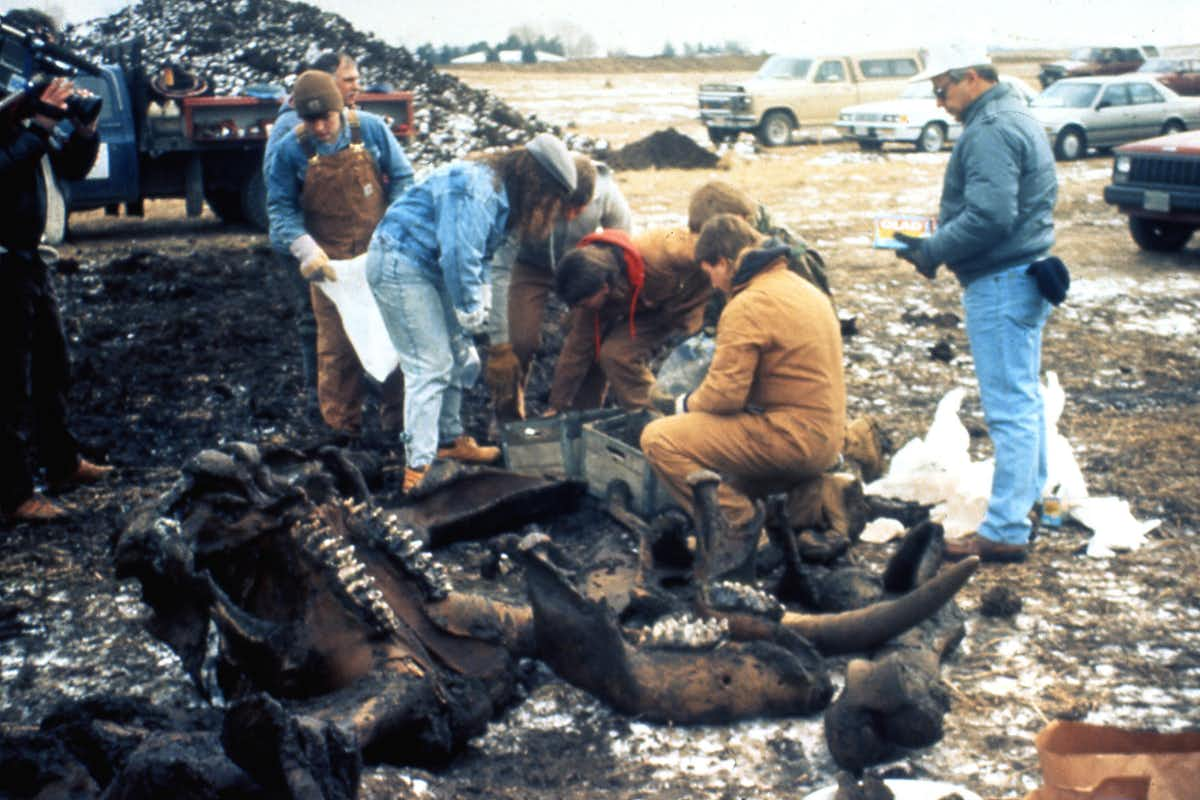
We know that the Earth has had at least five major ice ages. The first one happened about 2 billion years ago and lasted about 300 million years. The most recent one started about 2.6 million years ago, and in fact, we are still technically in it.
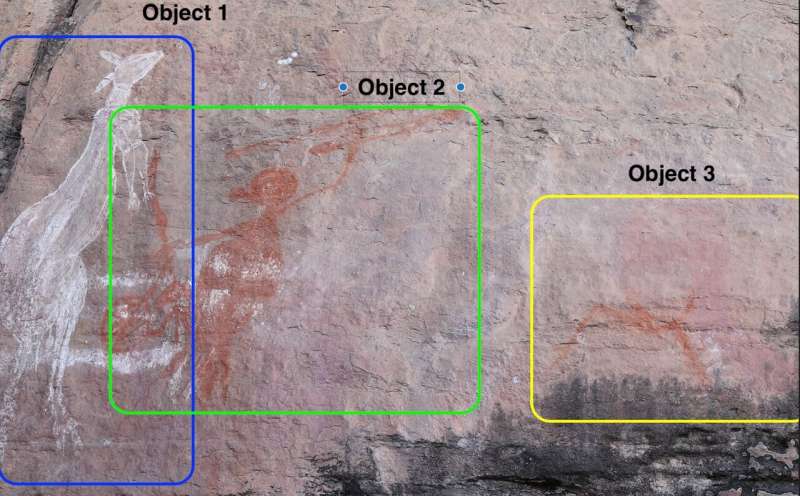
Researchers have developed a way to detect the presence of rock art in remote, hard-to-reach areas in Australia’s rugged landscapes using Machine Learning (ML) methods.
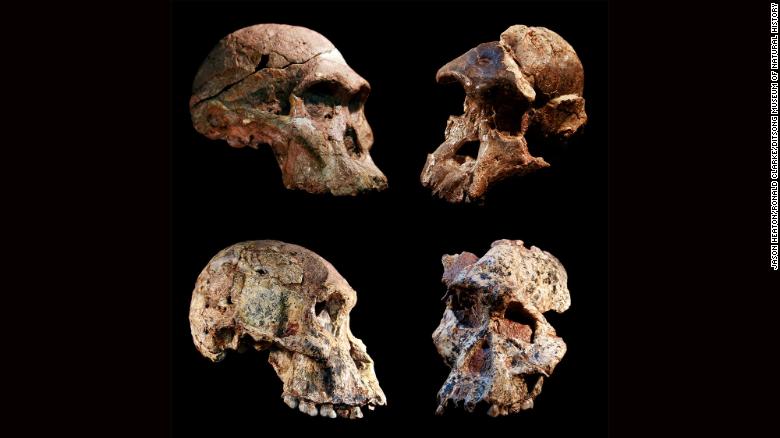
Fossils of early human ancestors from a South African cave are 3.4 million to 3.6 million years old — making them a million years older than previously suspected and shaking up the way researchers understand human origins and evolution.
A new study has identified an important molecular analogy that could explain the remarkable intelligence of these invertebrates

The oldest evidence of wildfire has been identified in South Wales.It takes the form of some truly ancient, charred remnants trapped in some truly ancient mudstone.

Hidden passageways used by ancient Andean culture opened for the first time in 3,000 years.








